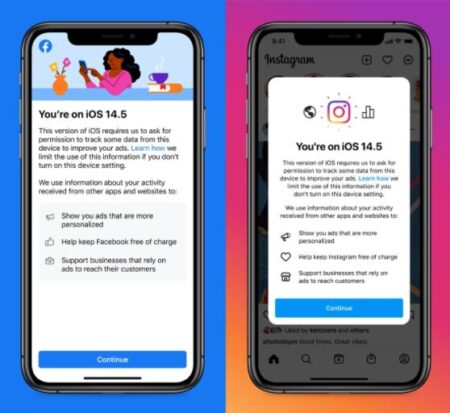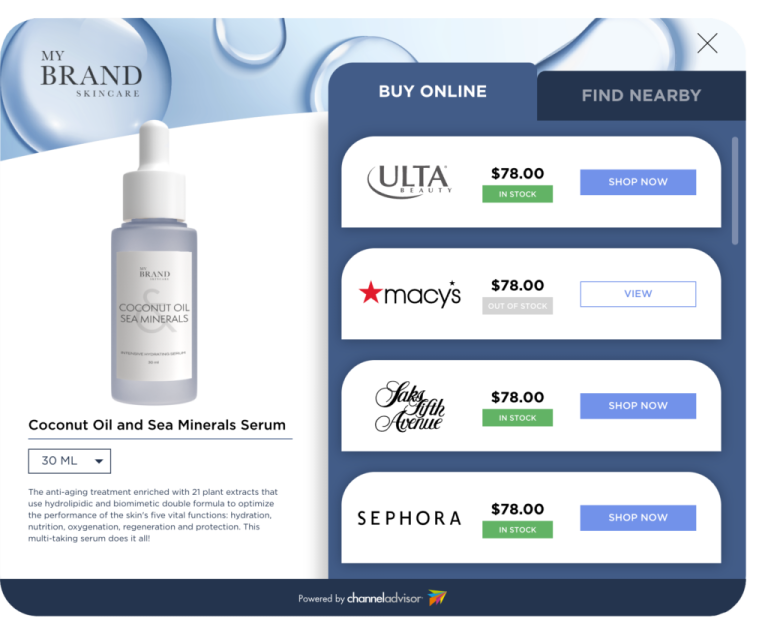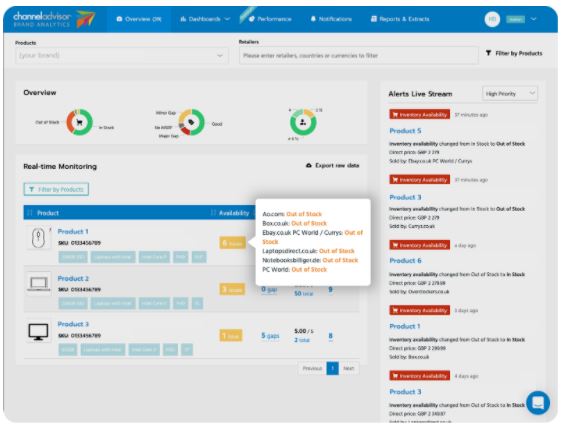The privacy wars are heating up. And some advertisers are panicking about the future of tracking, personalization and digital marketing.
Apple’s recent iOS 14.5 release includes, among other upgrades, App Tracking Transparency (ATT), a long-awaited privacy feature that will require apps to ask users for permission to track them across other apps and websites.
This update comes on the heels of Google’s announcement in March that it would stop supporting third party cookies in its Chrome browser, a move the search giant has been building to for a couple of years.
Both of these developments mark a trend toward increased privacy among tech companies as consumers become more aware of how and where their personal data is used and the government continues to investigate various regulatory levers around the issue.
Privacy appears to have become a key competitive advantage between tech companies and one in which many of them are eager to regulate themselves before others do.
[To understand the changes taking place with Apple and Google, you must first understand ad tracking. Learn more about advertising cookies and how Google uses them.]
What’s really changing?
Despite what some might believe, this isn’t all doom and gloom for advertisers. Google will continue to track first party data across its devices (i.e., Search and Chrome). So, in most cases, the common forms of retargeting that many digital advertisers rely upon will continue to function effectively as they do today.
Google has created something called The Privacy Sandbox where it is experimenting with numerous new approaches to tracking that better respect user privacy. One of those approaches is called the Federated Learning of Cohorts (aka “FLoCs”), which instead of tracking via a cookie, tracks user behavior across the web and stores that data in the user’s browser (yes, we are oversimplifying here). Based on a user’s behavior and interests, they are then placed into audiences (or “cohorts”), where advertisers can market to them anonymously. The idea is that individual privacy is preserved but marketers still do get clues to the user’s interest. Google uses the analogy of being anonymous in a crowd at a concert — a marketer may know you are a fan of that particular music but not know your identity.

Recent image from FB that shows the language they are putting ahead of the ATT prompt.
Apple is taking a different approach, and this week saw the rollout of iOS 14.5 and the ATT. This change requires apps to ask for permission to track activity if they leverage Apple’s identifier for advertisers (IDFA), a unique string of numbers included on each phone that help provide information about your interests.
The concern from Facebook and others is that the presented choice for users is fairly binary, and consumers are likely to opt out of tracking in significant numbers. The degree to which that impacts the personalization (good or bad) of future ad campaigns will vary by advertiser and remains to be seen.
What is clear now, however, is that Apple has taken a strong stance on privacy — going so far as to call it a “fundamental human right” in its ads. What’s still unclear is just how much consumers actually value privacy when it comes to their data. Time and again consumers vocalize support for privacy as important, but then do things that completely counter it (raise your hand if you’ve ever used a password more than once).
Why is this important?
The net impact of all these changes is that we are now entering into a new era of differential privacy that will significantly change tracking. There will be less granularity. Advertisers may still see a number for “Sales” in a report each week, but that number will increasingly be based on statistical modeling and other techniques designed to determine the impact of any given ad campaign.
Tracking has never been perfect — cookies were deleted or blocked, ad blockers were used, consumers used multiple devices, etc. The hope is that more robust performance models, built on new approaches, can improve on what we used before. The large advertising networks certainly have billions of reasons to ensure that version of the future happens.
Recommendations for advertisers
- Invest in first party data — You should already have a strategy around this, particularly using programs such as Google’s Customer Match functionality. Changes to cookies are targeted at third party cookies, not first party data.
- Prepare for changing standards of measurement — There will be less granularity in your analytics, and you won’t be able to rely on certain attribution tools that rely on third party cookies.
- Limit the number of events you track — New approaches such as Facebook’s Aggregated Event Measurement (AEM) limit the number of conversion types you can track. Be sure you focus on the most important ones.
- Be sure the Google Site Tag is implemented — You’ll want to send that event data to your ad campaigns
- Verify your domain on Facebook — In order to target based on certain conversion events on your website, you will want to be sure you have verified your domain on Facebook (details can be found here).
Questions?
ChannelAdvisor is here to help you transition through these changes. If you’re a ChannelAdvisor Digital Marketing client, free to reach out to your client strategy manager or account manager to discuss specific strategies.
If you’re not currently a ChannelAdvisor client and would like to learn more about our suite of services, contact one of our e-commerce consultants here.




![The Complete Product Page Toolkit [Download] | Salsify](https://thegateway.net.au/wp-content/uploads/2021/05/the-complete-product-page-toolkit-download-salsify.png)

